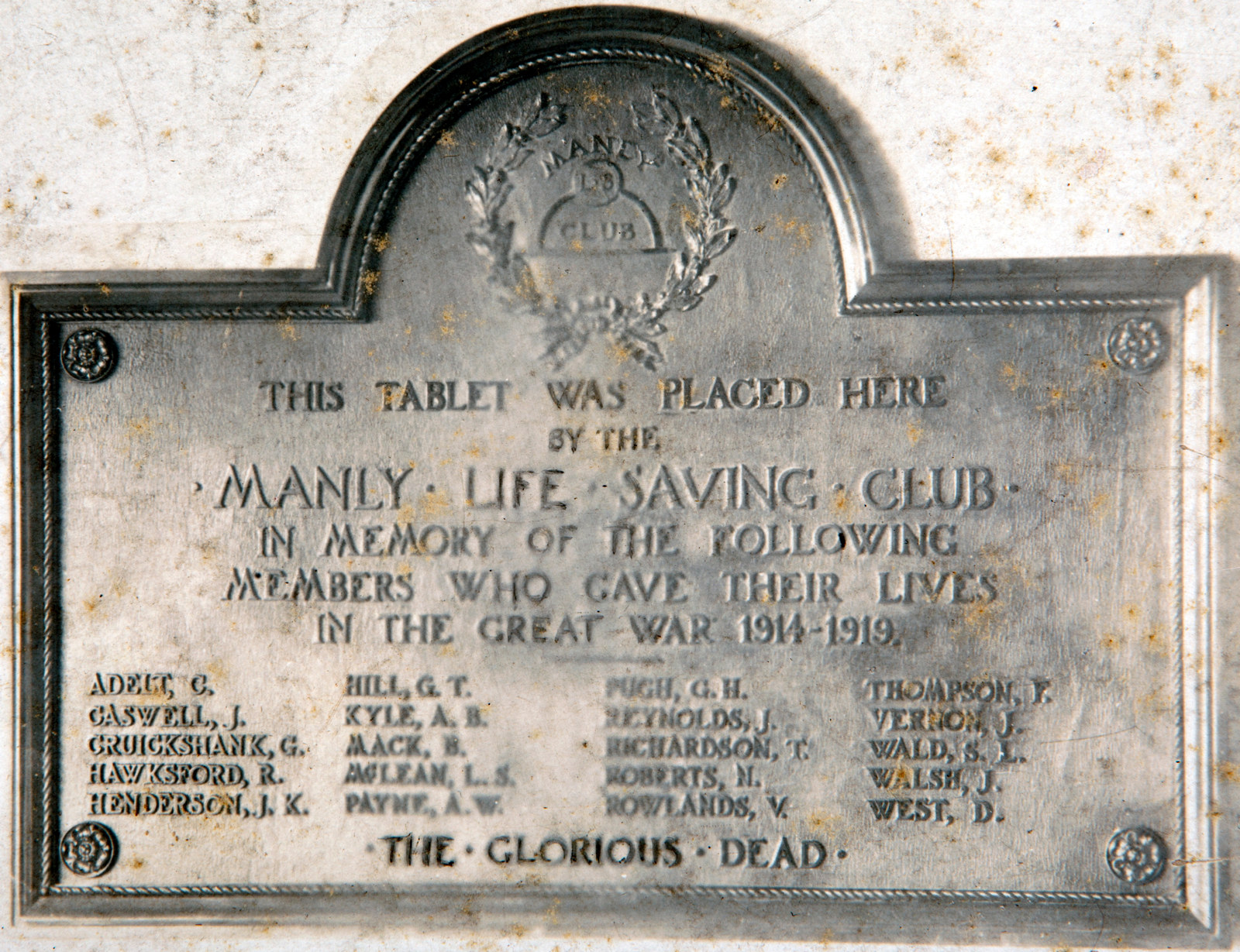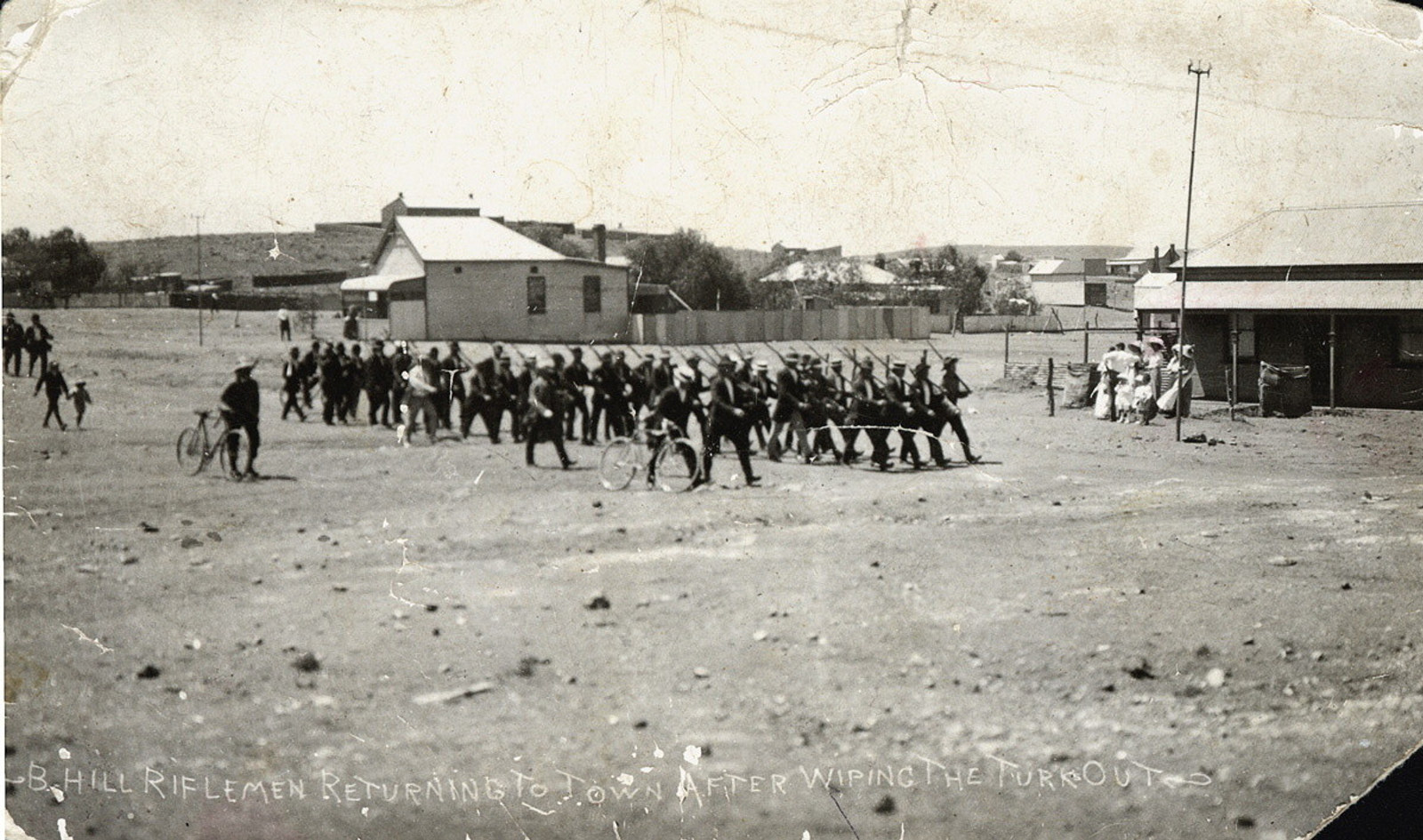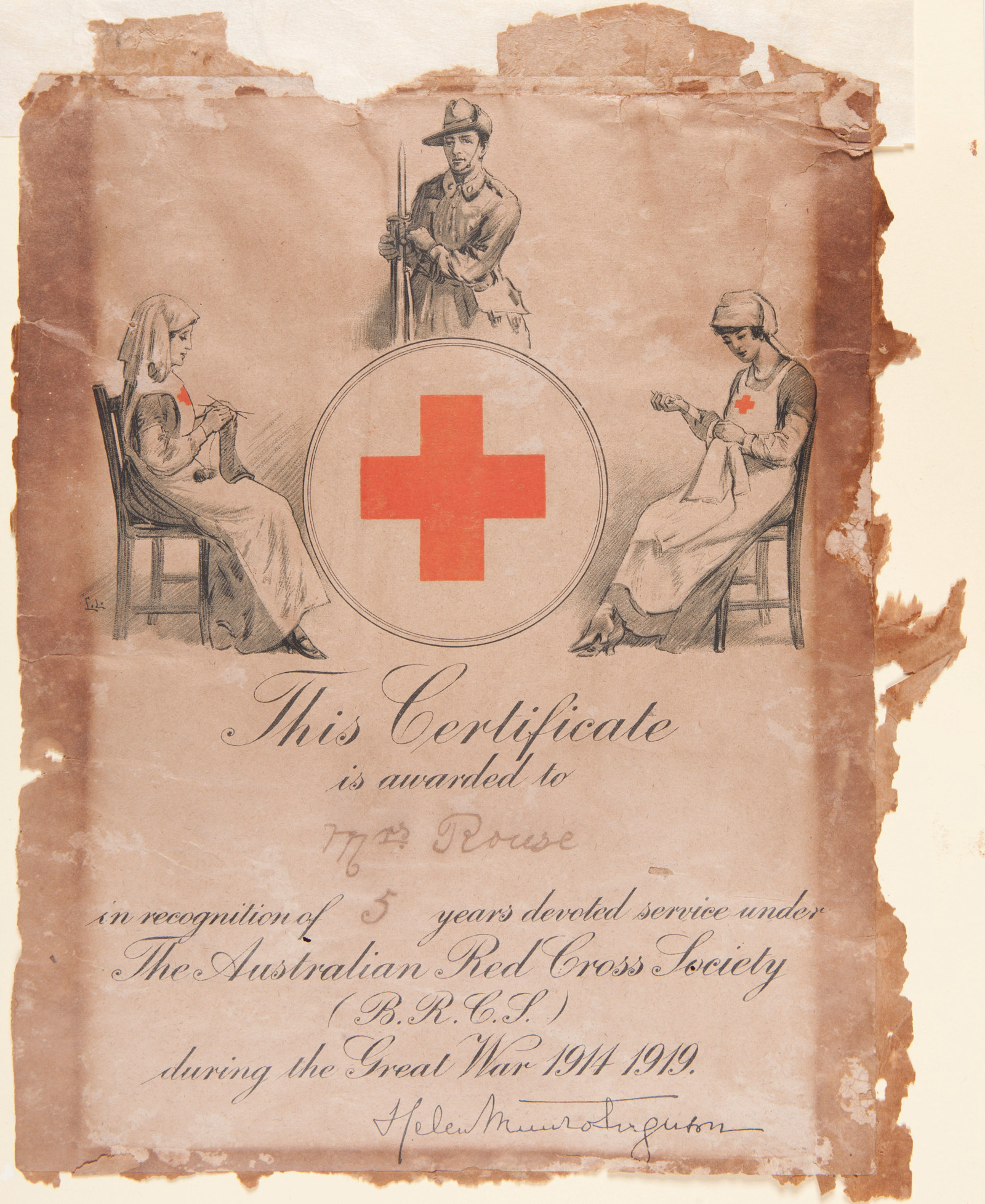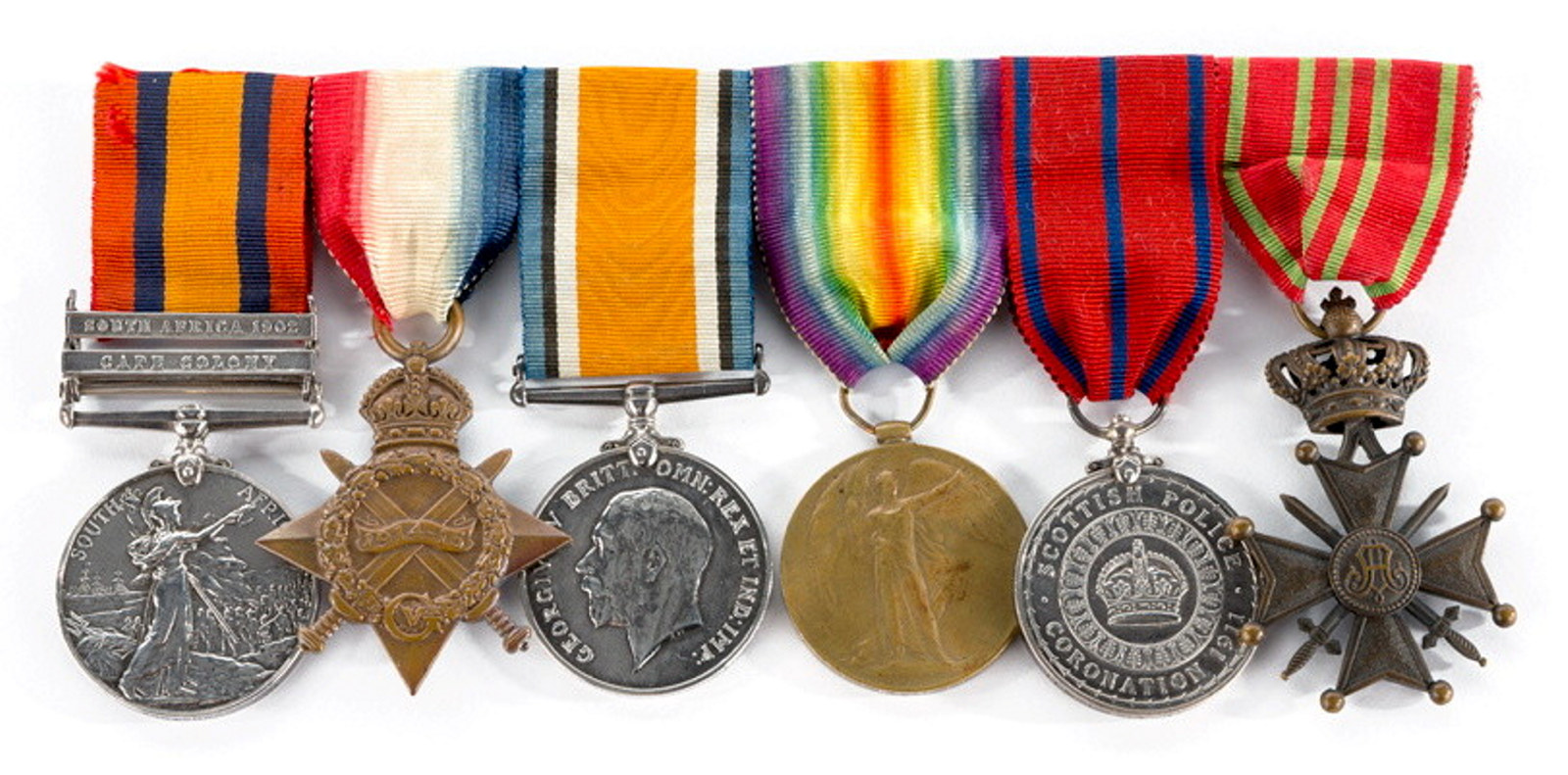Private John Francis Cecil (Frank) Gallagher
1895–1918
Frank Gallagher was living at home at 52 Gloucester Street, The Rocks, with his parents, his sister and his younger brother when he enlisted in the First Australian Imperial Force on 10 April 1915.
He was 20 years old and working as a blacksmith but he had four years’ experience as a part-time reservist with the Citizens Military Force.
Frank’s war got off to a false start. In late June, having completed his basic training at Liverpool Military Camp, he boarded the troopship Berrima expecting to embark for overseas service with the 20th Battalion, but the ship was overcrowded and he was put off at the last minute along with 17 others. The men’s kits, including their personal belongings, were left on board, and the men returned to Liverpool Camp with only the uniforms they were wearing. Back at the camp, the hapless men were nicknamed the ‘stony broke brigade’. A month later Frank was called to give evidence to the Royal Commission into the Administration of the Liverpool Camp. This inquiry investigated a range of complaints about conditions at the camp, including insufficient training, shortages of uniforms, rifles, ammunition and mattresses, draughty huts, insanitary latrines and a poorly functioning hospital.1 Frank answered questions about the Berrima incident and confirmed that the ‘stony broke brigade’ spent weeks in the camp without being reissued with underclothing, socks or greatcoats.
Frank finally left Australia on 9 August 1915 and landed at Gallipoli in November. Initially attached to the Indian Mule Corps as a farrier, he was later transferred to the Anzac Railway Section. After recovering from a bout of pneumonia at the end of 1915, Frank served as a gunner with the 113th battery of the 25th Howitzer Brigade. However, by April 1916 he was again admitted to hospital, with rheumatism, which was later diagnosed as ‘irritable heart’ (also known as ‘soldier’s heart’, this was a term used to describe a range of symptoms, such as chest pain and rapid pulse). In June, he was sent home to Australia aboard a hospital ship for three months of ‘change’.
On 20 November 1916, less than two months after he was officially discharged from the AIF, Frank re-enlisted. He spent the first few months of 1917 in training at Windmill Hill Camp on Perham Downs in England. The harsh conditions of the camp gave rise to the nickname ‘Perishing Down’.2
In August, Frank was sent to France to join the 35th Battalion and a month later was engaged in fierce fighting during the Battle for Passchendaele. He was ‘blown up’ by a shell but recovered and rejoined his unit. In April 1918, he was hospitalised from the effects of a gas attack, but he was sent back to the front after two months. On 23 August, as the 35th Battalion was moving up to the front line close to a small village called Bray-sur-Somme, Frank was killed by shellfire. He was 23 years old.
Footnotes
- Report of proceedings and minutes of evidence of Royal Commission appointed to inquire into the administration of the Liverpool Camp, William Applegate Gullick, Government Printer, Sydney, 1915. Read more
- Private research notes about Frank Gallagher supplied to Susannah Place Museum by Andy Steel, Freedom War Talks.
Published on
More

WW1
Commemoration
Hear the poignant personal stories behind battlefield grave markers in Egypt, France and Gallipoli, as well as the stories behind workplace honour rolls, one of the most common, but often hidden, forms of war memorial in Australia

WW1
Enemy Within?
These stories explore the threat to Australia from within, from the identification of a section of the population as ‘enemy aliens’ to the formation of the jingoistic Anti-German League, and the radical ideology and activities of the Industrial Workers of the World (IWW)

WW1
Home Front
As the war stretched on, thousands of women at home in Australia supported the war effort by volunteering for patriotic fundraising activities

WW1
War Service
From the shores of Gallipoli to the sprawling Western Front, the stories told here reveal the powerful war experiences of ordinary soldiers. Some were decorated for bravery in the field, while others made the ultimate sacrifice
